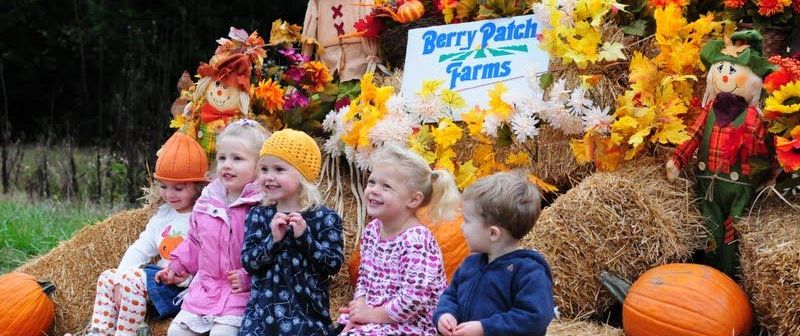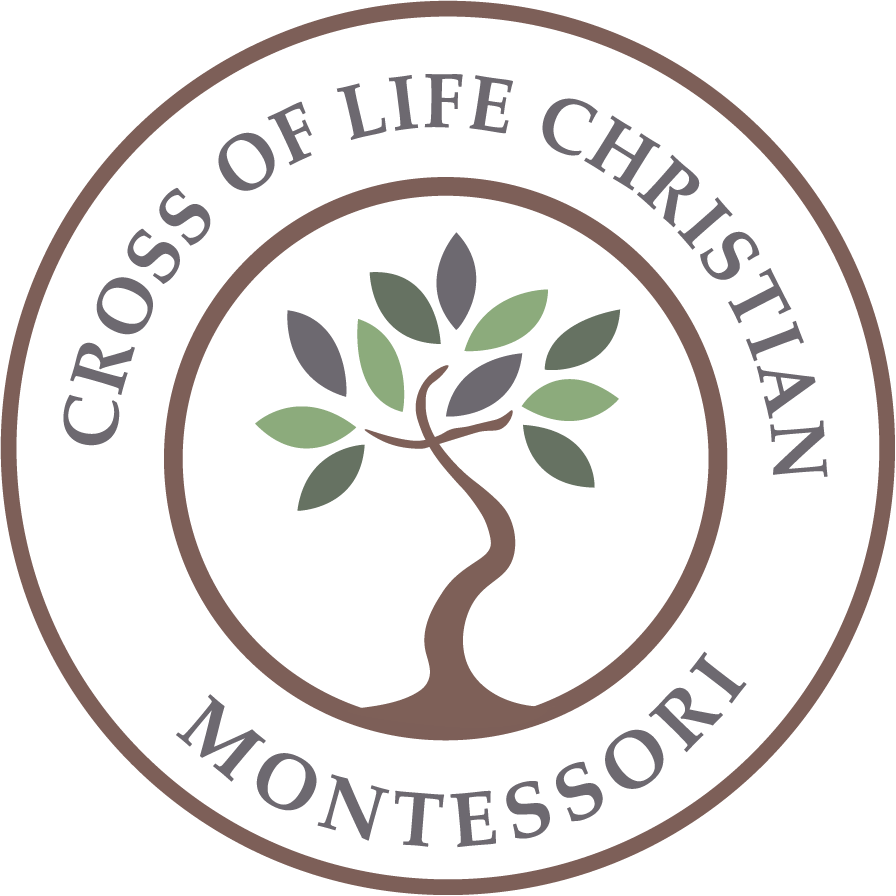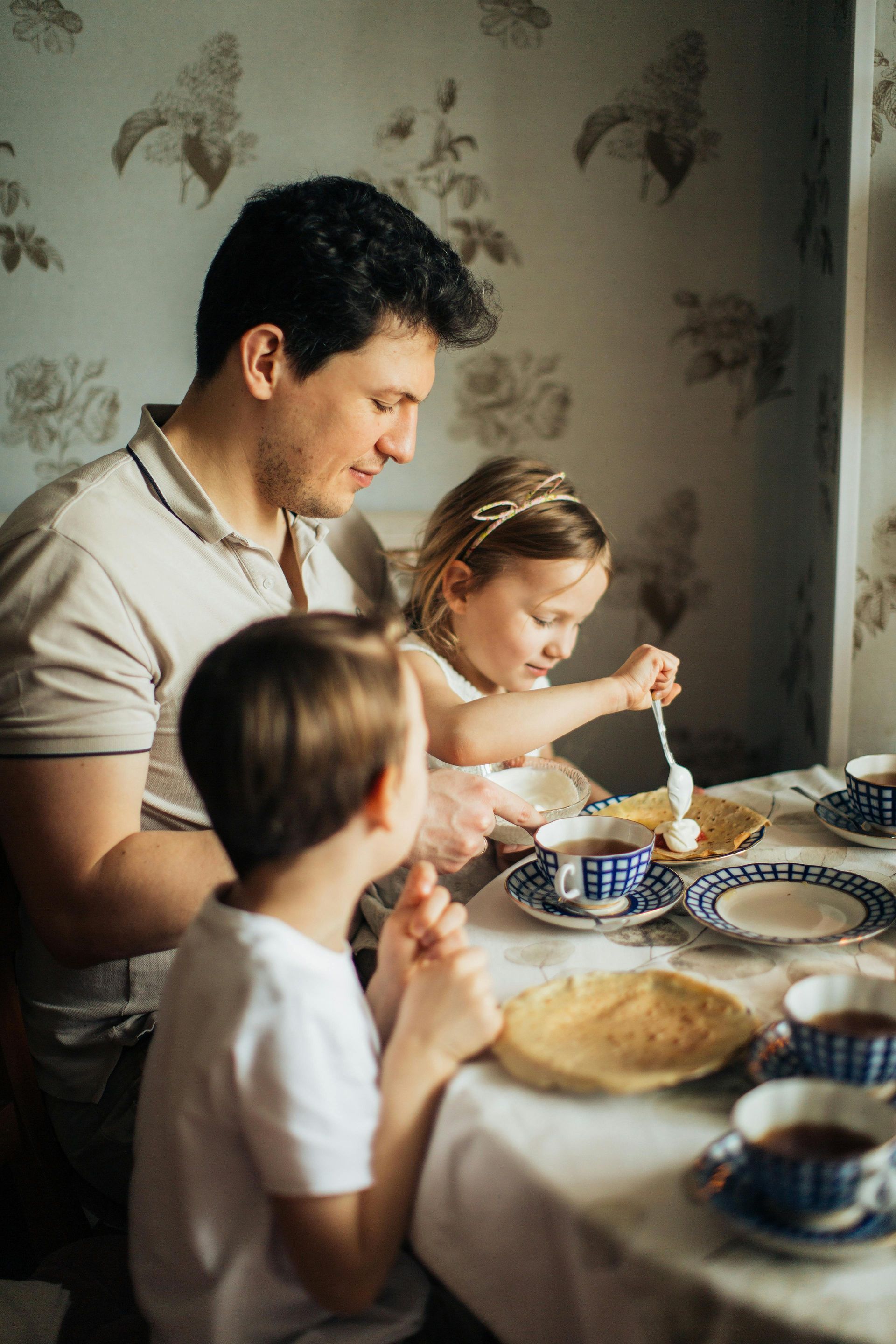
Traditions connect the past, present, and future in a tangible way.

Each December, the Cross of Life Montessori parents and teachers gather for a Christmas Coffee Talk. Our school community is filled with diverse cultures and traditions, and we come together to discuss the value of tradition in Montessori and share some of our favorite holiday celebrations. From the Ukranian Shchedryk song to Romanian Cozonac bread and German Weihnachtspyramide decorations, we learn about the traditions that filled each of our childhoods with holiday magic.
In tandem with reflecting on our own experiences of holiday traditions, we discuss the ways we hope to carry on traditions with our own children. One aspect of Montessori education that is interwoven with an appreciation for tradition is the emphasis on cultural awareness. The celebration and discussion of holidays, customs, rituals, and festivals from around the world enriches children’s learning experience and also helps foster respect for diversity. By learning about traditions around the world, children also develop a sense of global citizenship and interconnectedness. And by celebrating their own traditions, children find consistency and stability. The Montessori classroom itself is built on the traditions of familiar routines and rituals that enable children to venture into new realms of learning with a sense of security.
The beauty of tradition is that it weaves a thread throughout our memories that can be carried on from generation to generation. For the almost 30 years since our school doors opened, there are a few lasting traditions that our students and parents hold dear as part of their school year experience. The shared rituals, celebrations, and events create lasting bonds among our students, teachers, and parents. Here are a few of our favorite traditions that we repeat year after year:
- Berry Patch Farms: A favorite fall tradition, the school community takes an adventure to a local pumpkin farm. The children, parents, and classroom teachers enjoy a tractor ride, a trek through the pumpkin farm, pumpkin picking, sipping apple cider, and other fall festivities.
- Fall Festival: Around Halloween, we have a gathering at a local playground for the families to enjoy a meal together and for the children to create fall crafts.
- Thanksgiving Family Day: Every November, the children prepare a Thanksgiving performance with songs and poem recitations. Before the performance, families are invited into the classrooms and children love showing off their favorite materials. After the performance, families gather together to enjoy a soup lunch. Thanks to generous donors, each family can also take a kit of ingredients home to make a batch of soup for themselves and a batch to share with family, friends, or neighbors.
- Christmas Chapel: The primary and toddler classes practice a Nativity play for weeks in preparation for Christmas. The classes gather to light the advent wreath, recite the story of Jesus’ birth, and sing carols like The 12 Days of Christmas and We Wish You a Merry Christmas.
- Garden Week: Our Parent Teacher Association coordinates a week each spring to set up our Children’s Garden for a bountiful harvest. Vegetable and fruit plants, new flowers, and other plants are purchased and planted by parent volunteers. The budding garden brings the children immense joy and excitement throughout the spring, early summer, and early fall.
- International Festival: As a celebration of our diverse school community, we host a yearly celebration where each family contributes a dish reflective of their heritage. In recent years, we had dishes from 20+ cultures and traditions! It’s a fantastic experience for the kids to explore different types of foods and learn about their classmates.
- Parent Breakfast: Right before the end of the school year the children prepare a breakfast for their parents, and invite the parents to come explore the classroom and enjoy fellowship together. The students love to show their parents the hard work they’ve put in throughout the school year!
- Closing Chapel: As our traditional last day of school, the students celebrate their accomplishments throughout the year, show appreciation for the teachers, and send off the eldest primary students moving on to their next school.
If you’re interested in learning more about any of these traditions, or our school in general, we’d love to hear from you! Send us a note through this form and we’ll be in touch.


